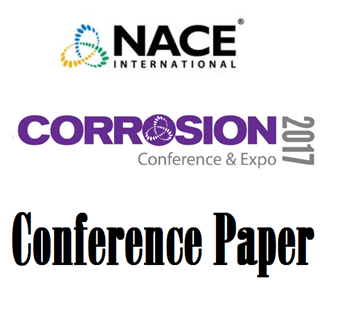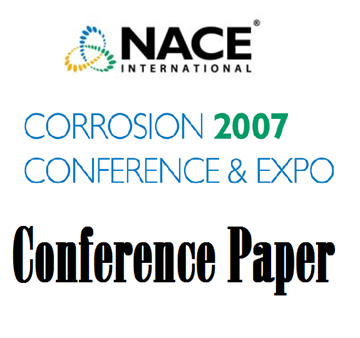Search
00491 H2S LIQUID SCAVENGERS, THEIR CORROSIVITY PROPERTIES AND THE COMPATIBILITY WITH OTHERS DOWN STREAM PROCESSES.
Also Purchased
51317--9530-Development of High Temperature Non-Triazine based Hydrogen Sulfide Scavenger
Product Number:
51317--9530-SG
ISBN:
9530 2017 CP
Publication Date:
2017
$20.00
51316-7545-Field Evaluation of H2S Scavenger Efficiency injected in subsea and topside systems
Product Number:
51316-7545-SG
ISBN:
7545 2016 CP
Publication Date:
2016
$20.00
07571 Chemistry and Impacts of Commonly Used Amine-Based H2S Scavengers on Crude Unit Towers and Overheads
Product Number:
51300-07571-SG
ISBN:
07571 2007 CP
Publication Date:
2007
$20.00




